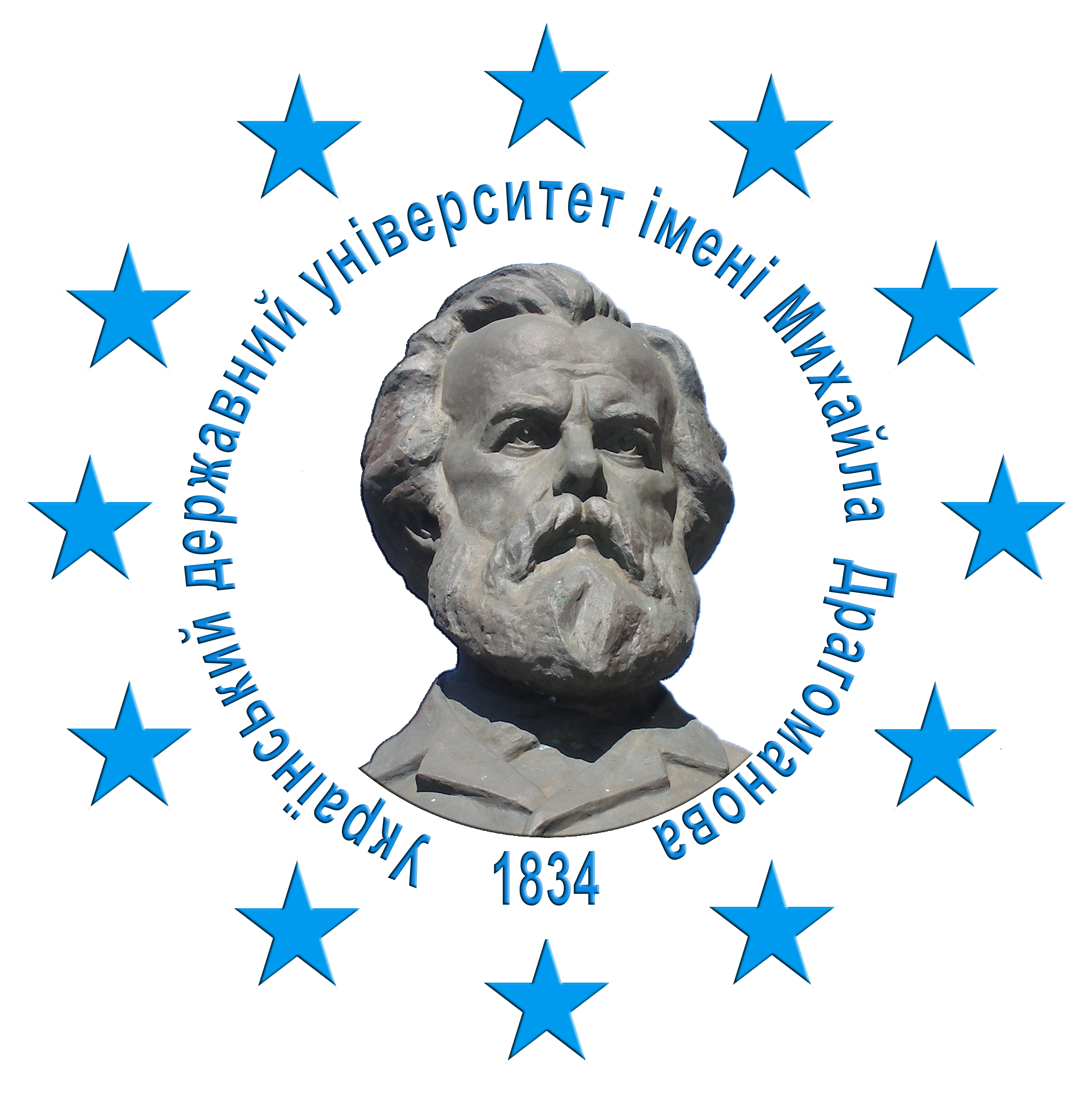FORMATION OF THE CYCLE OF “SEVEN LIBERAL ARTS” IN ANCIENT CULTURE: KNOWLEDGE AS AN INTENTIONAL SUBJECT
DOI:
https://doi.org/10.31392/cult.alm.2024.2.35Keywords:
knowledge, thinking, art, science, image, sign model.Abstract
The paper discusses the fact that knowledge throughout the history of human civilization has been inextricably linked with an experience. In this sense, to know something essentially means nothing more than to acquire a certain experience. It is the experience gained that is fixed in the consciousness of a person as knowledge about a certain object. The consolidation of experience, as follows from the above, is a key factor in the formation of knowledge as a specific form of human consciousness. At the same time, the latter is also a prerequisite for another important function, key both for the preservation of knowledge and for its functioning in society – the transfer of knowledge. In this sense, the more the transfer of knowledge was formed by informational means, that is, not as a result of the subject’s own practical activity, but through sign models existing in the form of concepts, the more the objectification of individual moments of activity took place, the more they were presented as intersubjective. However, the process of cognition takes place as a certain cycle in which external information (objective knowledge) performs the function of a model that undergoes a number of reproductions in the subject’s consciousness, which presupposes the use of sensory-figurative forms of thinking (for example, imagination) along with intelligible ones. In this sense, it is only through individual reproduction in the imagination that the phenomenon of understanding the sign model can arise, which occurs to a greater extent as self-consciousness. In order to understand the transmitted experience, the individual must conceive of it as his own, and thereby reproduce in his imagination the sign model to which he appeals in an intentional directing toward the object to be cognized. Said in the context described above can be demonstrated by the example of the formation of the “Seven Liberal Arts” cycle, which took place within the framework of the philosophical currents of Platonism (in the culture of antiquity, from the post-Platonic period to the period of Augustine’s life and work).
References
Collingwood R.G. (2014). The Principles of Art. Mansfield Centre, CT: Martino Publishing. 347 p.
Ділі Джон. (2000). Основи семіотики / пер. з англ. А. Карась. Львів : Арсенал. 232 с.
Eisenstein Maurice. (1999). Phenomenology of civilization: reason as a regulative principle in Collingwood and Husserl. Lahnam, Md. : University Press of America. 196 p.
Гусерль Едмунд. (2021). Ідеї чистої феноменології і феноменологічної філософії / пер. з нім. В. Кебуладзе. Харків : Фоліо. 352 с.
Hadot Ilsetraut. (1984). Arts Liberaux et Philosophie Dans la Pensee Antique. Contribution à l’histoire de l’éducation et de la culture dans l’Antiquité. Paris: Etudes Augustiniennes. 475 p.
Losev A. F. (2013). The History of Classical Aesthetics. Translated by O.V. Bychkov, ed. D.L. Tate. Munich; Berlin; Washington: Verlag Otto Sagner. 600 p.
Polanyi Michael. (1980). Personal Knowledge. Towards А Post-Critical Philosophy. Chicago: The University of Chicago Press. 344 p.








